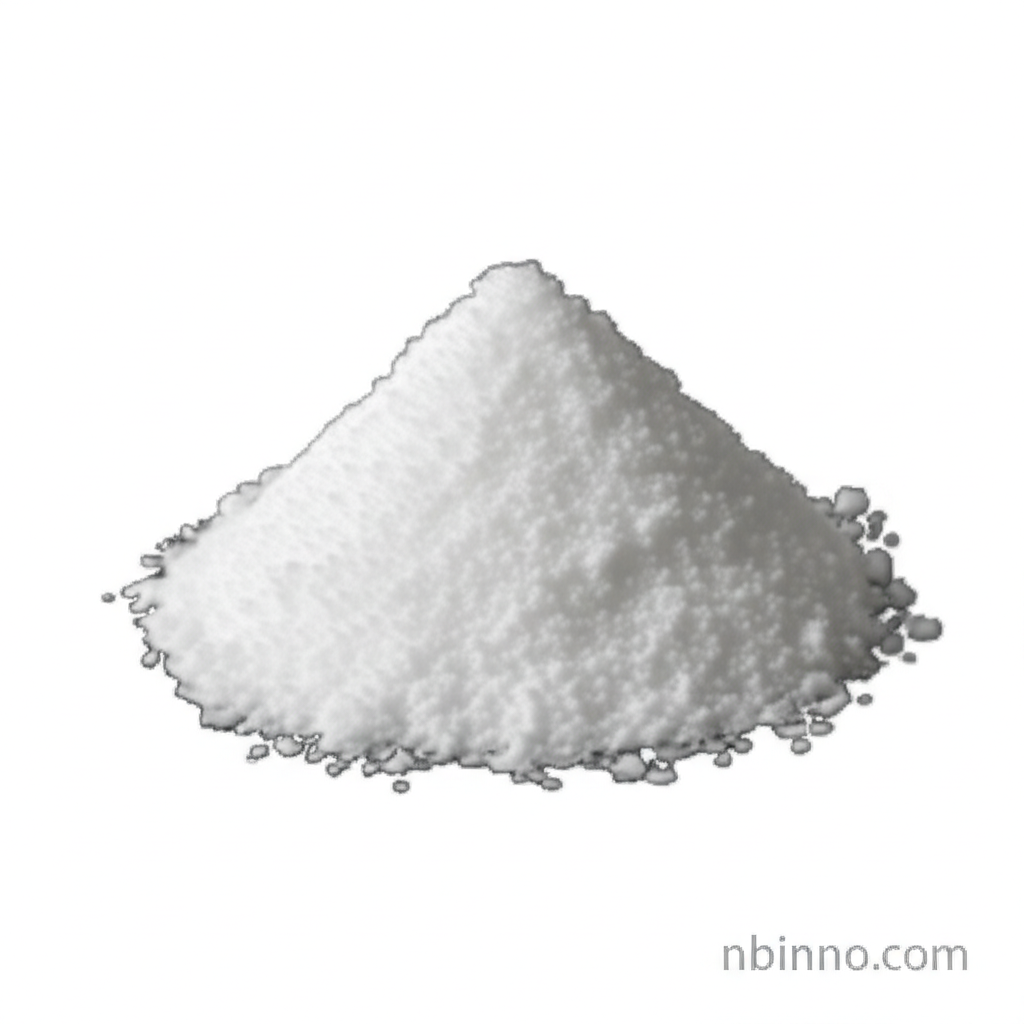N-(2-Acetamido)iminodiacetic Acid: A Versatile Buffer and Chelator for Biological and Chemical Applications
Discover the utility of ADA buffer in biological systems and its role as a metal chelator.
Get a Quote & SampleProduct Core Value

N-(2-Acetamido)iminodiacetic Acid
N-(2-Acetamido)iminodiacetic acid (ADA) is a vital zwitterionic buffer known for its utility in biological systems. Developed as part of the Good's buffers, it offers a reliable pH range of 6.0-7.2, making it suitable for a wide array of biochemical studies and applications.
- Leverage the properties of N-(2-Acetamido)iminodiacetic acid buffer for precise pH control in sensitive experiments.
- Utilize ADA buffer's pH range to effectively support biological systems without causing significant disruption.
- Explore the potential of N-(2-Acetamido)iminodiacetic acid as a metal ion chelator for metals in biological systems.
- Prevent protein oxidation and denaturation during electrophoresis with the stabilization offered by this compound.
Advantages Offered by the Product
Stabilized Protein Integrity
ADA buffer plays a crucial role in preventing the oxidation and irreversible denaturation of proteins, ensuring their integrity during processes like gel electrophoresis. This property is critical for accurate downstream analysis.
Effective Metal Ion Chelation
As a metal chelator for metals, ADA demonstrates the ability to bind with various metal ions, including Mn(II), Cu(II), Ni(II), Zn(II), and Co(II) at or below physiological pH values. This characteristic is valuable in numerous chemical and biological contexts.
pH Control in Biological Systems
The established pH range of 6.0-7.2 for ADA buffer makes it an excellent biological buffer component. Its zwitterionic nature contributes to its buffering capacity in critical pH zones for biochemical research.
Key Applications
Biological Buffering
ADA buffer is widely recognized as a biological buffer component, essential for maintaining stable pH in various biological experiments and processes. Understanding the ADA buffer pH range is key to its effective use.
Protein Assay Interference Mitigation
While beneficial in many aspects, it's important to note that ADA can interfere with certain protein assays, such as the BCA assay. Researchers should be aware of this characteristic when designing their experiments.
Immobilized pH Gradients
The compound is utilized in the preparation of immobilized pH gradients, a technique used in protein separation and analysis, highlighting its role in advanced biochemical methodologies.
Potential Pharmaceutical Intermediate
Beyond its buffering capabilities, N-(2-Acetamido)iminodiacetic acid also shows potential as a pharmaceutical intermediate, indicating broader applications within the chemical and pharmaceutical industries.
